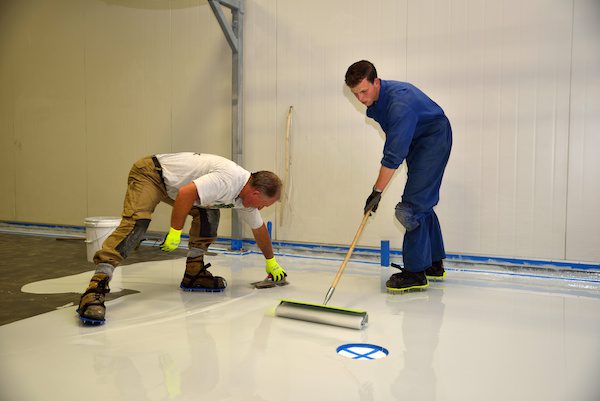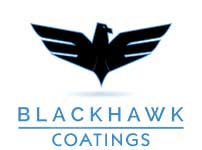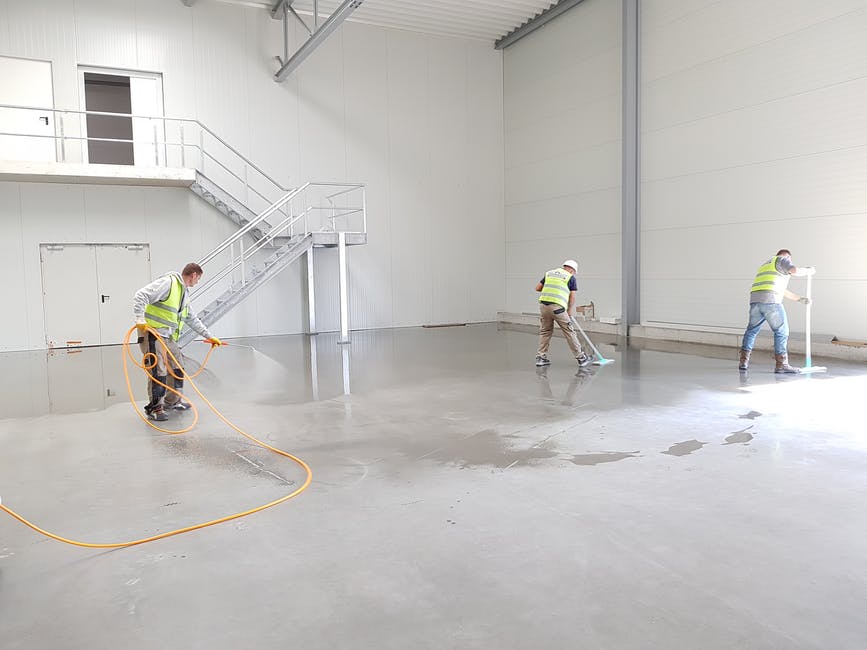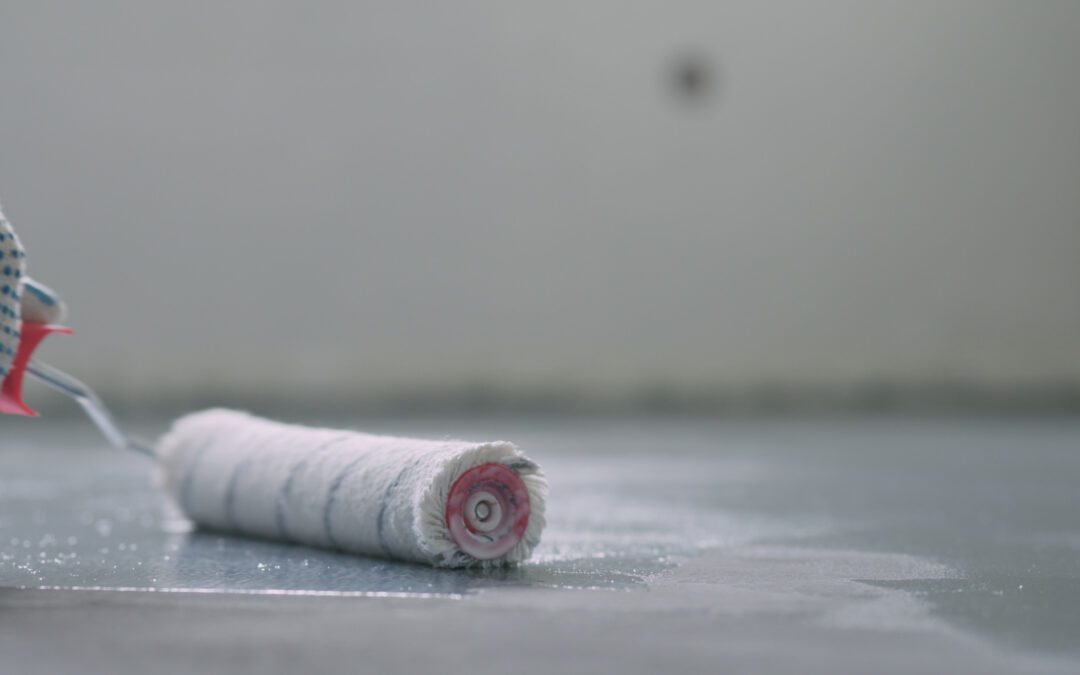

Bare concrete exposed to elements and chemicals is always at risk. The best way to protect exterior and interior elements from damage is to use a coating or liner.
But here’s the million-dollar question: What’s the difference between a coating and a liner?
The question of a coating vs liner is a common one for residential, commercial, and industrial clients looking to protect their structures. There are a few differences in the procedure and content for coatings and liners using most protectants.
How much do these coatings and liners do and when should you use them? Keep reading to find out what a coating or liner is and if it’s the right choice for your building or vehicle.
When to Use Coatings and Liners
Concrete is a tough material, with many buildings around the world lasting 80 to a hundred years. Some, like the Colosseum in Rome and Nabataean buildings from almost 2500 years ago, are still standing.
That said, there are distinct differences with our concrete buildings of today. Those long-standing buildings contended almost entirely with gravity alone.
Today, our buildings are under constant use and abuse inside and outside, especially commercial structures. Our structural concrete bridges, roads, and foundations have cars, trucks, and semis rolling over them daily.
Our warehouses and garages bombard concrete with chemicals and oils, as well as forklifts carrying heavy loads. Even a simple oil change on a car for a home can result in oil stains and detergents that eat away at this tough material.
Any time there’s concrete that’s bare, there’s a chance that protective coatings and liners can help.
Not only concrete gets this treatment, however. Protecting truck beds from constant major abuse with spray-on bedliners will keep your vehicle not only looking better but lasting longer in tiptop shape.
Industrial Coatings and Linings
The sciences behind concrete degradation are well-known. Exposure to natural elements, physical damage, and chemical damage break concrete down far before its normal expiration date.
The best way to counteract this issue is to use a concrete coating. Industrial coatings are commonly epoxy or polyurea products.
Coatings themselves are any kind of protective layer of material on the exterior of a building or object. Since concrete is a rather porous material, chemicals and water can and do deeply penetrate it. This weakens the steel components among other things that give our modern buildings their renowned strength.
Aggregates used in concrete mixing also expand and cause fracturing, cracking, and more.
Using polyurea for concrete coating is the preferred product these days for a variety of reasons, such as:
- Stronger than Epoxy
- It can get expanded or deformed more than twice its original size
- Chemical resistance
- Abrasion resistance
- Quick setting and curing type
- Thickness and uniformity control
- Heat resistance
- High tensile strength (up to 4350 psi)
- Low VOC rated
Compared to epoxy, aliphatic polyurea has greater moisture resistance, UV resistance, durability, and much faster cure time. It also far exceeds polyurethane.
As far as industrial coating applications, there are many top areas polyurea has applications. These include:
- Pumps, irrigation, pipeline systems
- Defense and security
- Missile systems
- Vehicle bed liners (even industrial trucks)
- Healthcare
- Steel and concrete bridges
- Material handling and mining
- Automotive industry
- Water tank linings
Coating vs Liner: What’s the Difference?
A very important distinction to make is that of a coating vs lining is whether it’s on the inside or outside of an object. It doesn’t sound like a big deal, and sometimes it’s simply splitting hairs.
For example, a spray-on bedliner is really a coating on an external surface of the truck bed. It’s inside the bed, but it’s still the exterior of the vehicle, exposed to elements.
We can make a similar but important distinction with an open pavilion steel and concrete structure. It could be open on all sides but still enclosed enough for concerns about ventilation until it cures. Do you use an exterior polyurea coating or an indoor-rated liner?
Fortunately, polyurea is not epoxy. Epoxy takes 12 to 24 hours to dry but will take longer in cold or humid weather. It takes another 36-72 hours to cure to a point you can use it again. After another 72 hours, the floor will be fully cured.
If you use 100% solid epoxy, the cure time gets even higher.
For the full curing time, the fumes generated are harmful to asthmatics and individuals sensitive to it. Inhalation of epoxy vapors and dust, or skin contact with uncured epoxy can be very dangerous.
Because polyurea is low VOC it has low to no odor, installs quickly, is reliable, dries within a few hours, and gets fully cured by the next day. Clearly, polyurea is the winning choice between the two.
Industrial Coating and Lining With Blackhawk Coatings
With polyurea, the coating vs liner question is almost entirely eliminated. The process is still a bit different, but we know how to tackle it.
Blackhawk Coatings is a mobile and veteran-owned business serving areas east of Dallas like Rockwall, Forney, and Terrell. We care about our work, making sure we’ve given attention to every detail before and after the coating and lining process.
We’re experts in coating epoxy and polyurea on truck-bed liners, industrial warehouses, garages, and more. We know how important the whole process is, even before we start to spray. That’s why we also own Blackhawk Blasting, making us a one-stop shop for preparation and coating or lining.
Contact us today for more information on polyurea spraying, no-dust blasting, and how we can seal and protect any application you have to throw at us.




